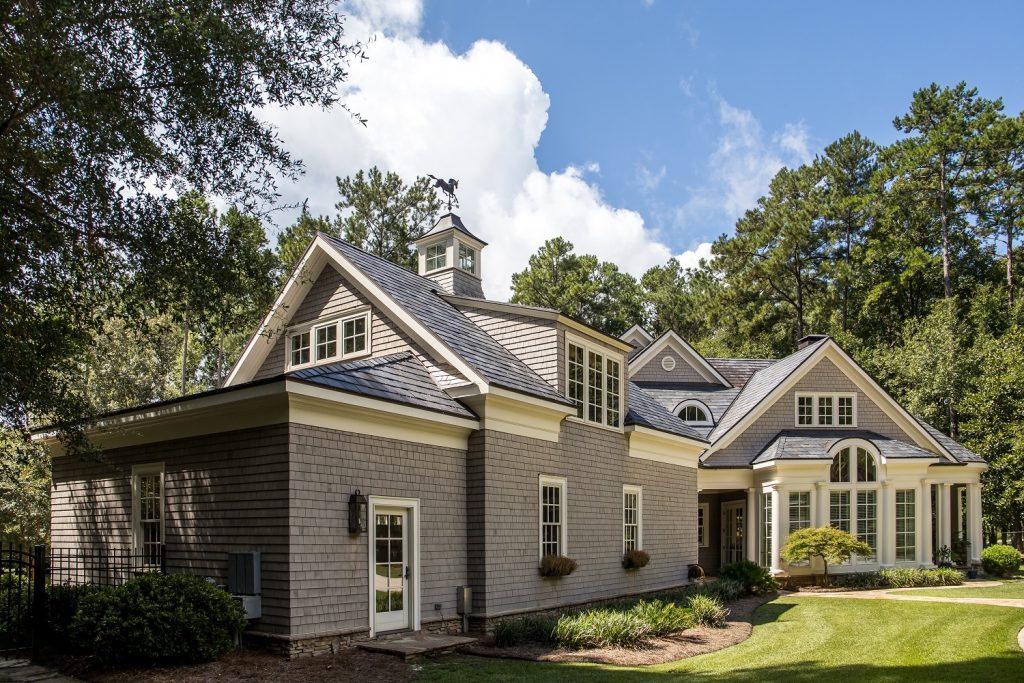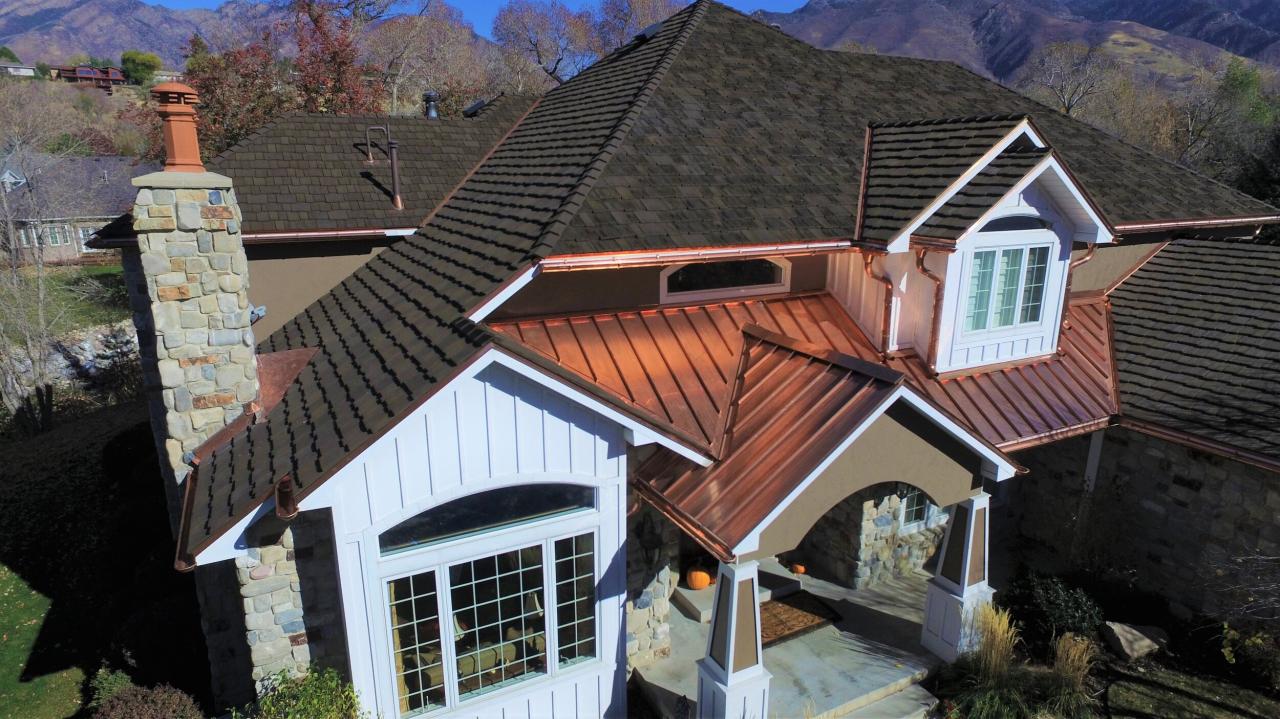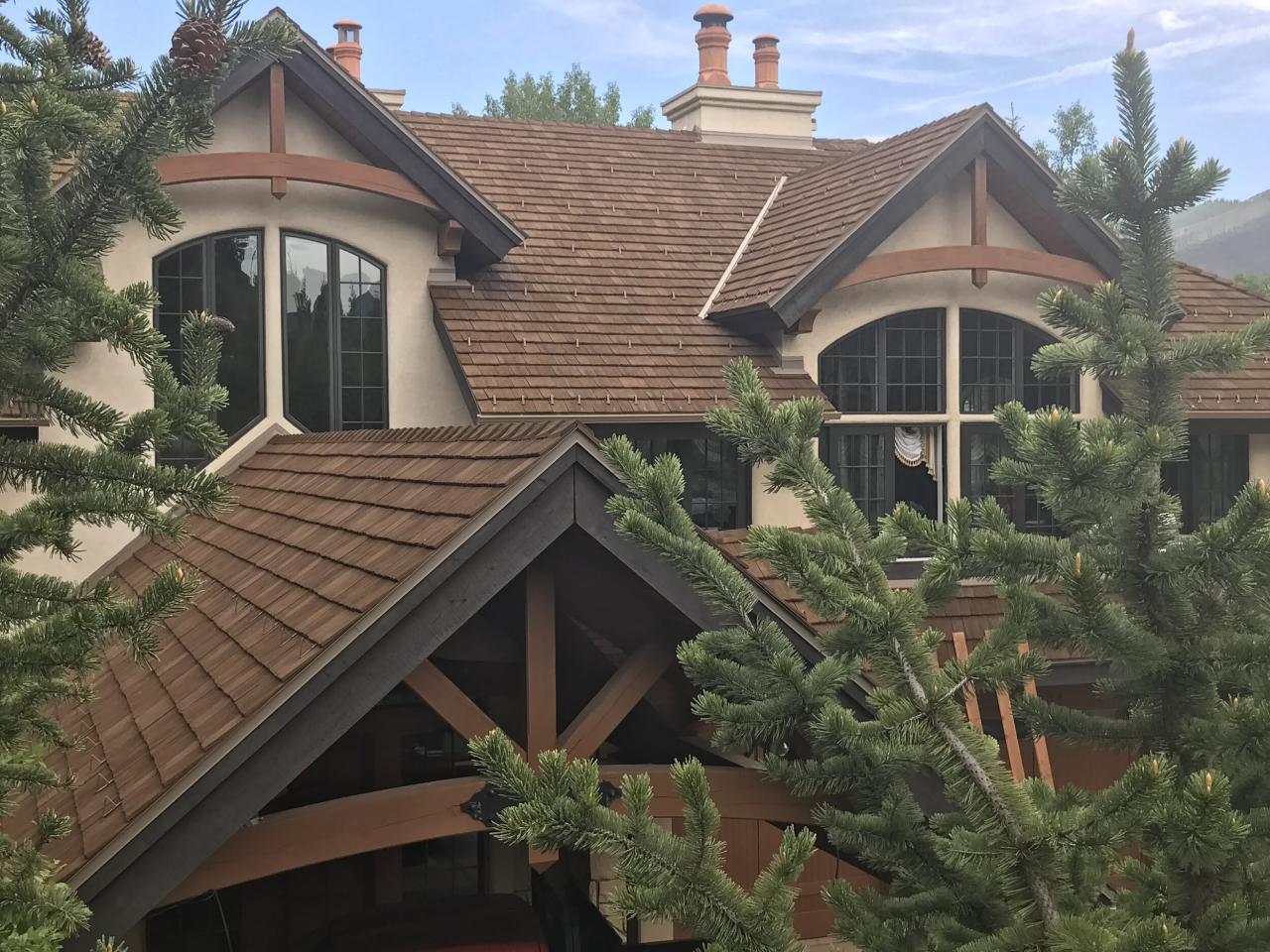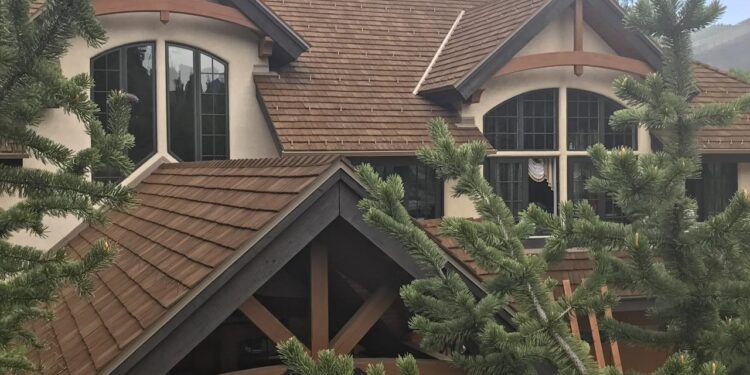Embark on a journey to discover the top-notch choices for roofing and siding that can elevate the look and protection of your property. From enhancing curb appeal to safeguarding your home from the elements, the right materials make all the difference.
Delve deeper into the world of roofing and siding to find out which options suit your needs best.
Overview of Best Roofing and Siding

Quality roofing and siding are crucial components for any home, providing protection from the elements and enhancing the overall aesthetics of the property.
Importance of Quality Roofing and Siding
Quality roofing and siding are essential for safeguarding a home against harsh weather conditions such as rain, wind, snow, and extreme temperatures. They act as a shield, preventing water infiltration, mold growth, and structural damage.
Enhancing Curb Appeal
The best roofing and siding can significantly improve the curb appeal of a property, increasing its value and making it more attractive to potential buyers. A well-maintained exterior can create a positive first impression and set the tone for the rest of the house.
Protection from External Elements
Roofing and siding play a crucial role in protecting a home from external elements like UV rays, wind, and debris. They act as a barrier, ensuring the integrity of the structure and maintaining a comfortable indoor environment.
Types of Roofing Materials

When it comes to roofing materials, there are several options available, each with its own set of characteristics and benefits. Here, we will discuss some of the most commonly used types of roofing materials and compare their durability, aesthetic appeal, and maintenance requirements.
Asphalt Shingles
- Asphalt shingles are one of the most popular roofing materials due to their affordability and ease of installation.
- They are available in a variety of colors and styles, making them versatile in terms of aesthetic appeal.
- While asphalt shingles are durable and can last up to 20-30 years, they may require regular maintenance to prevent issues like cracking or curling.
Metal Roofing
- Metal roofing is known for its longevity, with some types lasting up to 50 years or more.
- It is highly durable, resistant to fire, and can withstand harsh weather conditions.
- Metal roofs come in various styles, including standing seam and metal tiles, offering a modern and sleek appearance.
Wood Shingles
- Wood shingles provide a natural and rustic look to a home, enhancing its curb appeal.
- They are eco-friendly and biodegradable, making them a sustainable roofing option.
- However, wood shingles may require more maintenance than other materials, as they are susceptible to rot, mold, and insect damage.
Tile Roofing
- Tile roofing is known for its longevity and durability, with some types lasting over 50 years.
- It comes in various materials such as clay, concrete, and slate, offering different aesthetic options.
- While tile roofs are low maintenance and resistant to fire, they can be heavy and may require additional structural support.
Siding Options for Homes

When it comes to choosing siding for your home, there are several options available, each with its own set of pros and cons. It's important to consider factors such as longevity, maintenance requirements, cost-effectiveness, and energy efficiency before making a decision.
Vinyl Siding
Vinyl siding is a popular choice for homeowners due to its affordability and low maintenance requirements. It is durable, resistant to rot and insects, and comes in a variety of colors and styles. However, vinyl siding may crack or fade over time, and it is not as environmentally friendly as other options.
Fiber Cement Siding
Fiber cement siding is a versatile option that offers durability and resistance to fire, insects, and rot. It can mimic the look of wood or stucco, but without the same maintenance requirements. While fiber cement siding is more expensive than vinyl, it can last for decades with minimal upkeep.
Wood Siding
Wood siding provides a natural and timeless look to a home, but it requires regular maintenance to prevent rot, pests, and weather damage. Cedar and redwood are popular choices for wood siding due to their natural resistance to decay. However, wood siding can be costly to install and maintain over time.
Stucco Siding
Stucco siding is a durable and low-maintenance option that provides excellent insulation for homes. It is resistant to fire, insects, and rot, making it a long-lasting choice. Stucco siding can be more expensive than other materials, but its energy efficiency and longevity can make it a cost-effective option in the long run.
Installation Process for Roofing and Siding
When it comes to installing roofing and siding on a residential property, it is crucial to follow a systematic process to ensure durability and longevity for your home. Proper installation also plays a significant role in the overall appearance and functionality of the exterior of your house.
Roofing Installation Process
Before any roofing materials can be installed, the existing roof must be thoroughly inspected and any necessary repairs completed. The following steps are typically involved in the installation process:
- 1. Removing old roofing materials such as shingles or tiles.
- 2. Preparing the roof deck by ensuring it is clean, dry, and free of any debris.
- 3. Installing underlayment to provide an extra layer of protection against water infiltration.
- 4. Applying the chosen roofing material, whether it be asphalt shingles, metal roofing, or another option.
- 5. Adding flashing around roof penetrations to prevent leaks.
- 6. Completing the installation with ridge caps and any necessary finishing touches.
Siding Installation Process
Similar to roofing, proper preparation is key when it comes to installing siding materials on your home. Here is an overview of the process:
- 1. Inspecting the exterior of the house for any damage or areas that need repairs.
- 2. Cleaning and prepping the surface by removing old siding and repairing any underlying issues.
- 3. Installing a moisture barrier to protect against water damage.
- 4. Applying the chosen siding material, whether it is vinyl, wood, fiber cement, or another option.
- 5. Adding trim and accessories for a polished look.
The Importance of Hiring Professional Contractors
While some homeowners may consider DIY installations for roofing and siding, it is highly recommended to hire professional contractors for these projects. Professionals have the expertise, tools, and experience to ensure that the installation is done correctly and meets industry standards.
Hiring professionals can also save you time and money in the long run by avoiding costly mistakes or repairs.
Last Point
As we conclude our exploration of the best roofing and siding options, remember that investing in quality materials not only adds value to your home but also ensures long-lasting durability. Choose wisely to enjoy a beautiful and well-protected living space for years to come.
Questions Often Asked
What are the benefits of quality roofing and siding?
Quality roofing and siding enhance the aesthetics, durability, and overall value of your home while providing protection from external elements.
Which roofing material offers the best longevity?
Metal roofing is known for its exceptional durability and can last significantly longer than other materials like asphalt shingles.
How do I choose the right siding material for my home?
Consider factors such as longevity, maintenance requirements, cost-effectiveness, and energy efficiency to select the siding material that best suits your needs.


